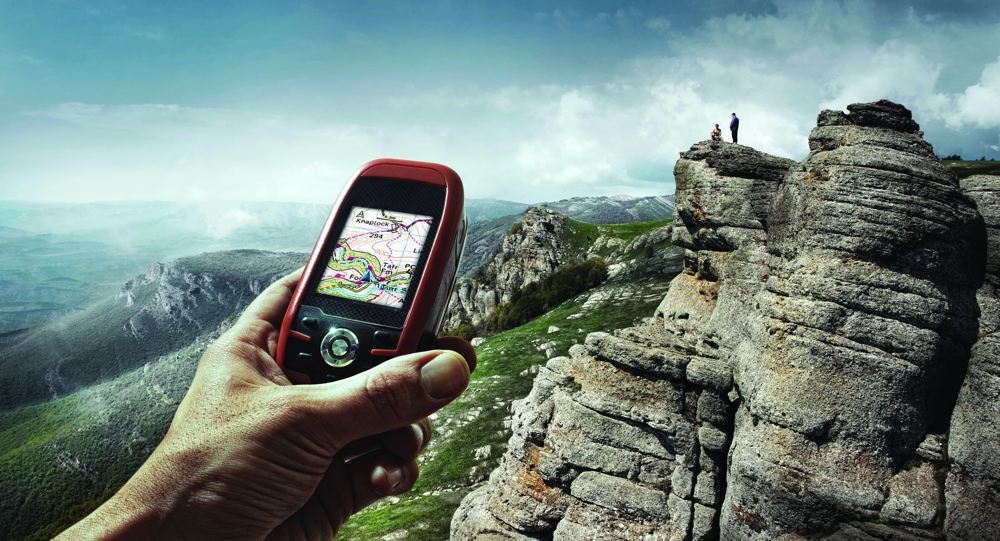- Details
- Written by: Mike Walker
Where am I? Put yourself on the map
“Finding your location with any good outdoor GPS unit is as simple as switching the device on and waiting for it to locate some satellites,” says Monks. “Normally this should take less than 1 minute."
“Once it has a fix on enough Global Positioning Satellites to triangulate your position, the GPS unit will give you a 10 figure grid reference (if in the UK) and show your location and direction on the Ordnance Survey map on its screen."
“Most current GPS units can come bundled with UK Ordnance Survey maps, and this is generally much cheaper than buying extra maps separately."
“If you are heading overseas, don’t leave your device at home: there are some excellent foreign maps, and as your GPS can be used almost anywhere in the world it is ideal for exploring abroad.”
Waypoints & tracks - What are they?
“A waypoint is a 10-figure grid reference for a location,” explains Monks. “To navigate using a GPS your unit needs a ‘waypoint’ to direct you towards."
“You can also link a number of waypoints together to create what is called in GPS speak a ‘route’. The GPS will guide you from one waypoint to the next with on-screen instructions, directional arrows, distances and audible alerts."
“A track is a digital ‘breadcrumb’ trail which your GPS records as you walk or ride. GPS units can also follow these tracks. This includes being able to backtrack along the exact track that you’ve have just walked along – which is excellent for emergency situations such getting off a mountain when fog descends. These breadcrumb tracks are recorded as ‘gpx’ files and that is what they are know as."
Join the gang - Find and share adventures
“Being friendly people, outdoor types love sharing, and the beauty of these gpx tracks is that they can be saved onto computers and transferred between units,” says Monks.
“There are many commercial and non-commercial web sites sharing these gpx files with local walks and rides, as well as every long distance trail you can imagine both in the UK and overseas."
“Many of these route sharing websites – both commercial and free – have become thriving online virtual communities for training, route sharing, route planning and even socialising."
“On most you can search for routes by location, browse other people’s adventures and download any gpx tracks onto your own device to ride or walk again in future."
“So, for example, if you are thinking of cycling the C2C coast-to-coast route, you can simply find the track recorded by someone who has already done it (who did not get lost!), download it to your unit via your computer, and let your GPS guide you along it.”
Rivals - GPS smartphones and ‘real’ maps
There are a number of problems with using your smartphone to navigate outdoors. Here’s just a few…
Battery life Navigating with your phone will drastically reduce its battery life. With most outdoor GPS’s you can change the battery and even replace with standard AA batteries. So if you are doing a multi-day trail it’s not a problem to carry back-ups. And then you’ve still got a charged up phone for emergencies.
Screen How many people have we seen with broken screens on their smartphones? Outdoor GPS’s are built for the knocks of the outdoors.
Phone maps Often the maps are streamed onto your mobile phone – so what happens when there’s no signal, let alone 3G? GPS units are pre-loaded with maps and more can be bought on SD cards – so no data charges either.
What about a map and compass?
The map and compass will never be redundant. A GPS unit is an electronic device, and by no means infallible, so a paper map backup is a must.
To learn more visit gpstraining.co.uk




